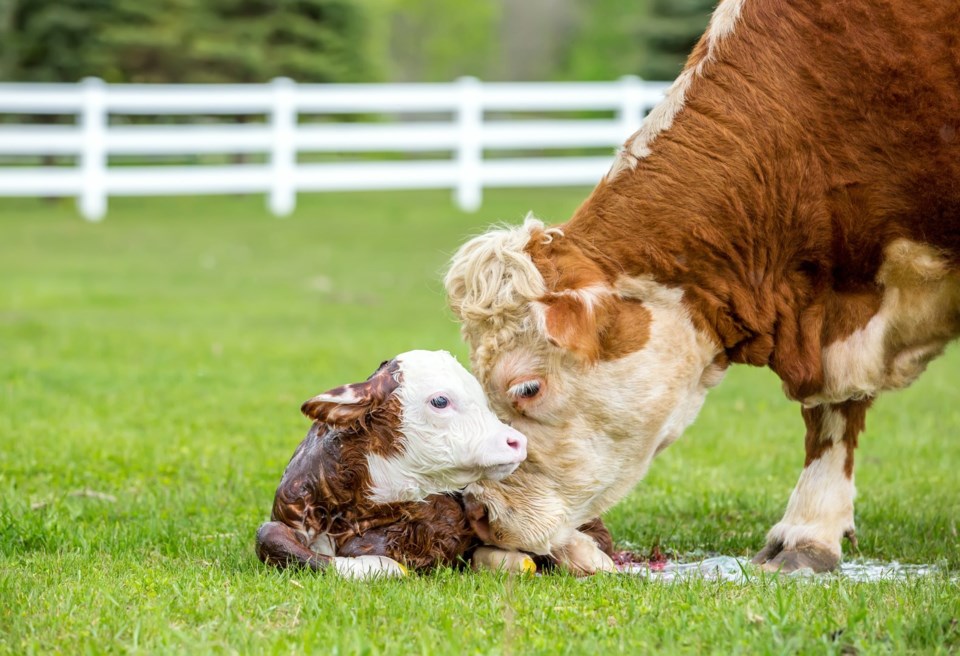Some things are more apparent than real. If the price of food jumps by 15 or 20 percent due to rising global inflation, it is assumed the difference between today’s price and last year’s price is in someone’s pocket. But whose?
Canadian politicians have an opportunity to explain the components of food prices. The House of Commons has been holding hearings to examine food price inflation in the nation. About 45 people, from grocery chief executives to farmers, have sat before Parliament’s Agriculture and Agri-Food Committee since the end of November.
Each has described their piece of the grocery elephant. But will parliamentarians produce a report that tells the tale accurately and comprehensively?
For agriculture, the outcome of these hearings is a real chance for all Canadians to get a clearer picture of where their food comes from and the systems that take it from field to fork.
So far, that outcome is in doubt, as committee members have dragged out individual political hobby horses while ostensibly questioning presenters.
MPs on the committee have taken time at the microphone to point to their own political stuff, rather than use the opportunity to collect an accurate inventory of our food system. They seem more interested in garnering votes and firming up political bases.
From the eastern Conservatives, there were questions and statements about the nuances of the vegetable industry. (Hint: it’s nearly too small a price element to count.) From the western Conservatives came comments on the role of the carbon tax in food inflation. (Hint: it is a small number inside food.) The NDP questioned grocery store profits and challenged giant grocery chains on their net earnings. (Hint: profits are about four percent of sales, tending toward steady and low.)
Food prices are a ubiquitous topic these days. Every Canadian is affected by higher prices. The same could be said about energy prices, where companies now show record profits. Banks too, as income from lending is climbing along with interest rates. How much of those improved profits are concealed in interest rate increases? And what about automotive prices? Those are up substantially, but there is no inquiry afoot about profits.
Canadians need to better understand our food system. Food inflation rose with supply chain failures during the pandemic. High demand and failures in transportation led to shortages, and with shortages come price increases.
A European war in grain-exporting countries? This is how an open market works. Profits in agriculture and food shouldn’t be treated as though they are some form of usury or sin.
Though an occasional target for true open market proponents, Canada’s supply managed sector has registered only modest price increases for dairy and poultry products. This is because the sector is based on new costs mostly absorbed by farmers and processors.
The agriculture committee has a real chance to do some good for Canada’s food and agriculture industry with its pending report. A comprehensive tale of Canadian food, told when the public has an honest desire to better understand and engage with the information, is invaluable and an opportunity not to be missed or derailed by partisan grandstanding.
For the sake of agriculture in this nation, committee members need to recognize their responsibilities as public servants and deliver an accurate, complete recipe for Canada’s food supply that is free of bitter political ingredients.
Karen Briere, Bruce Dyck, Barb Glen and Mike Raine collaborate in the writing of Western Producer editorials.




